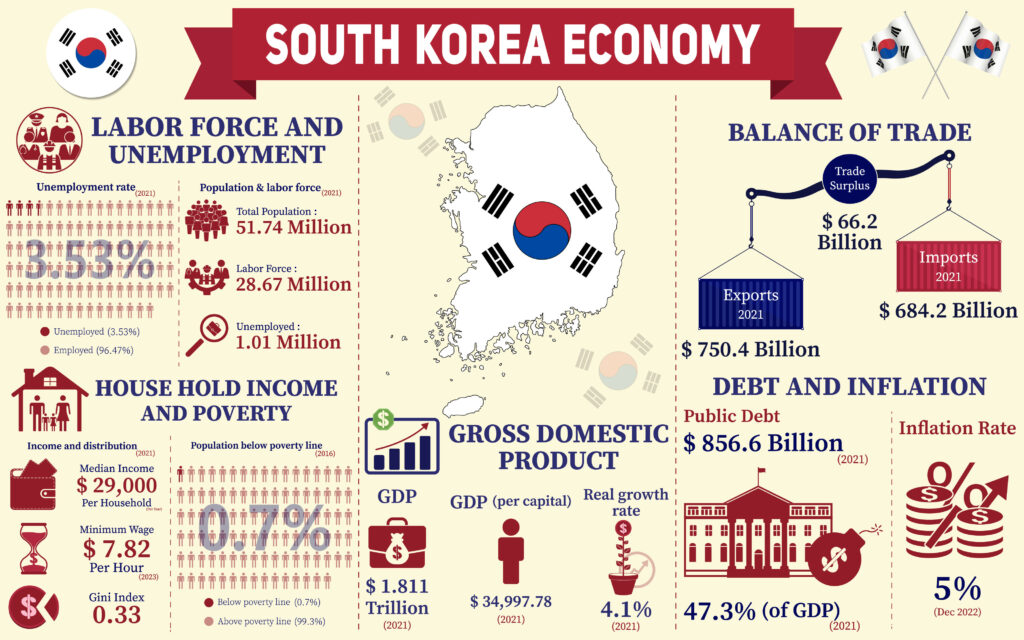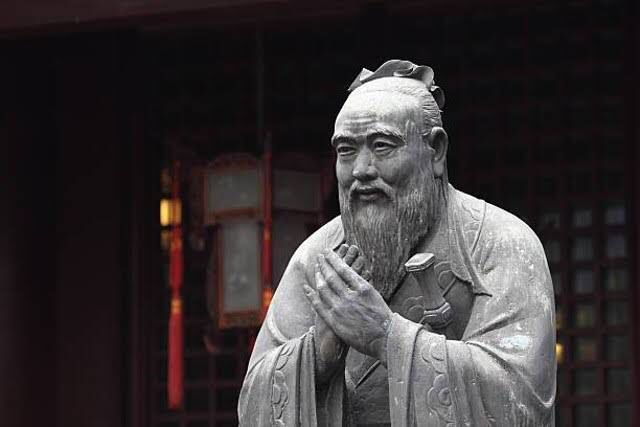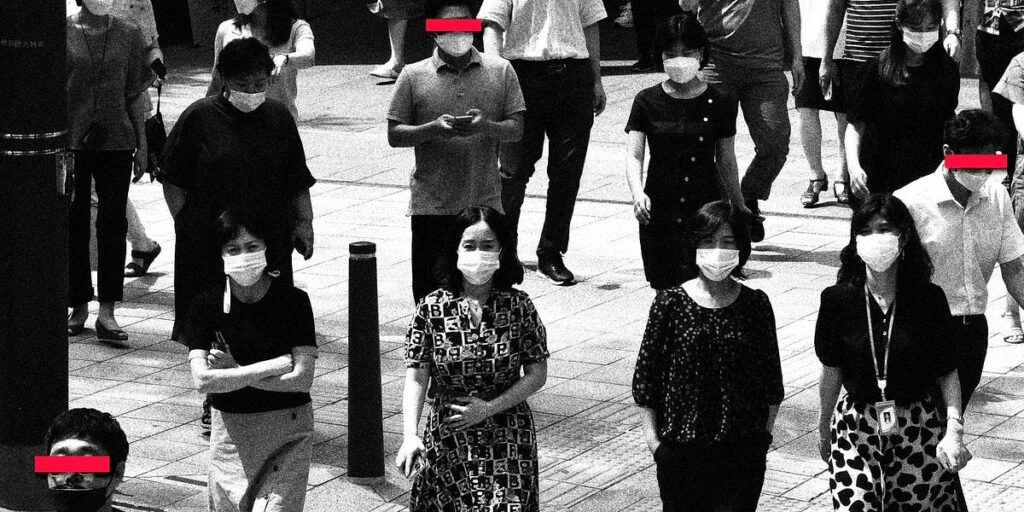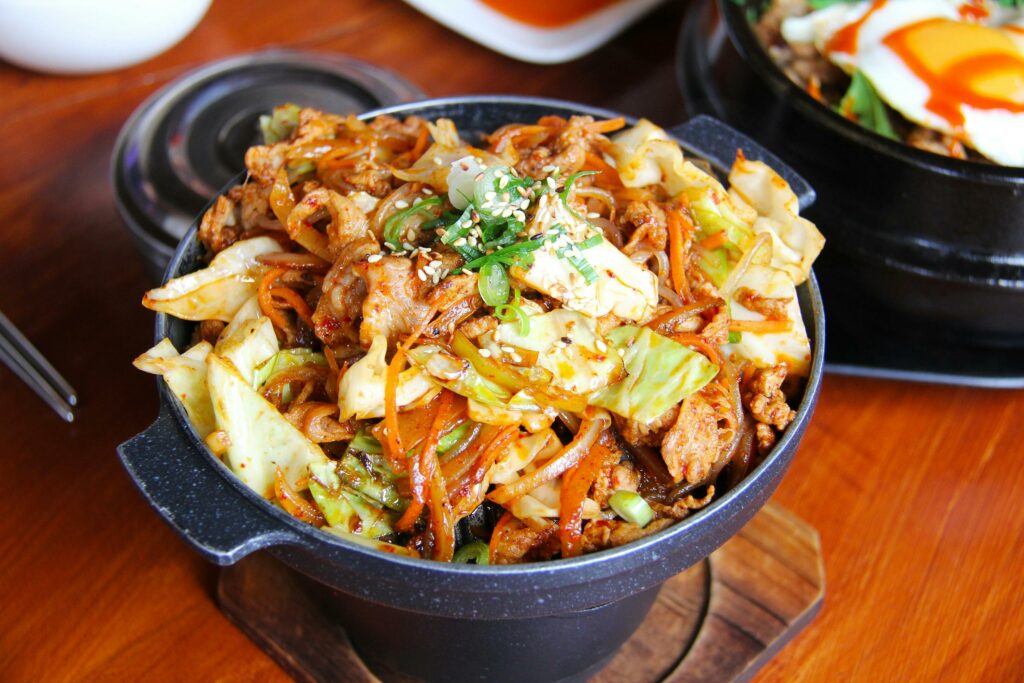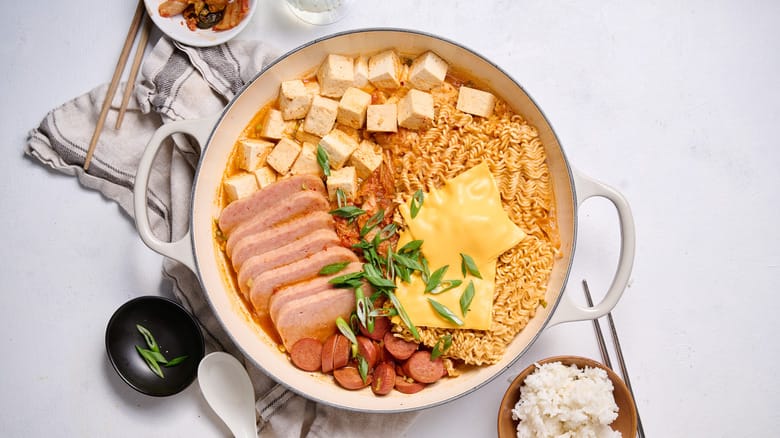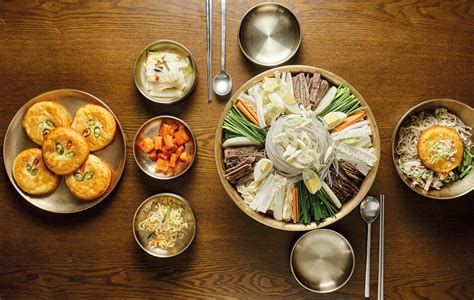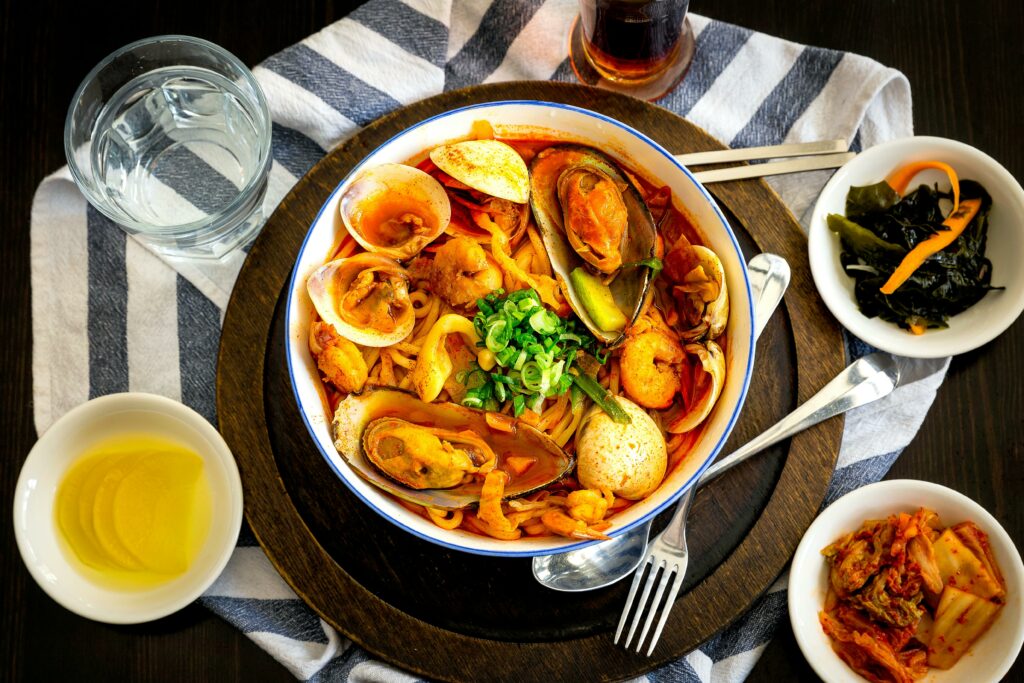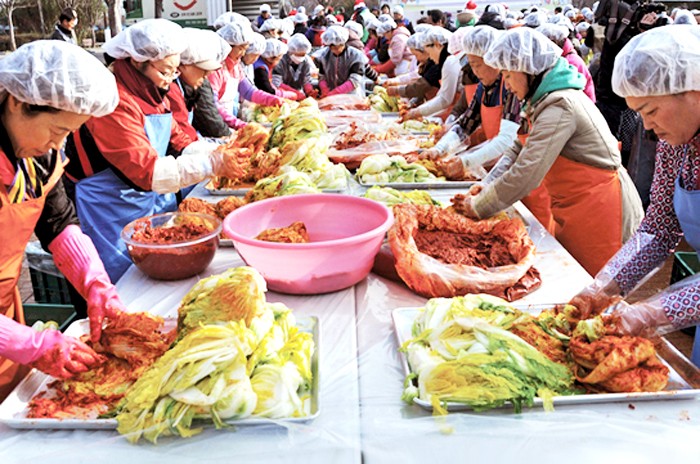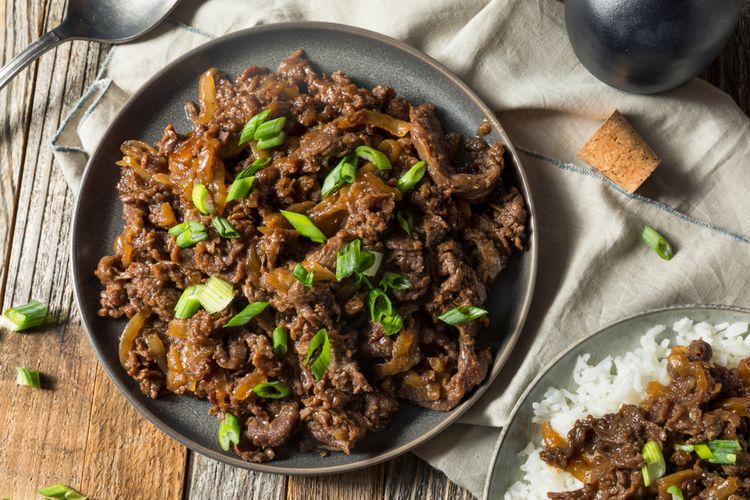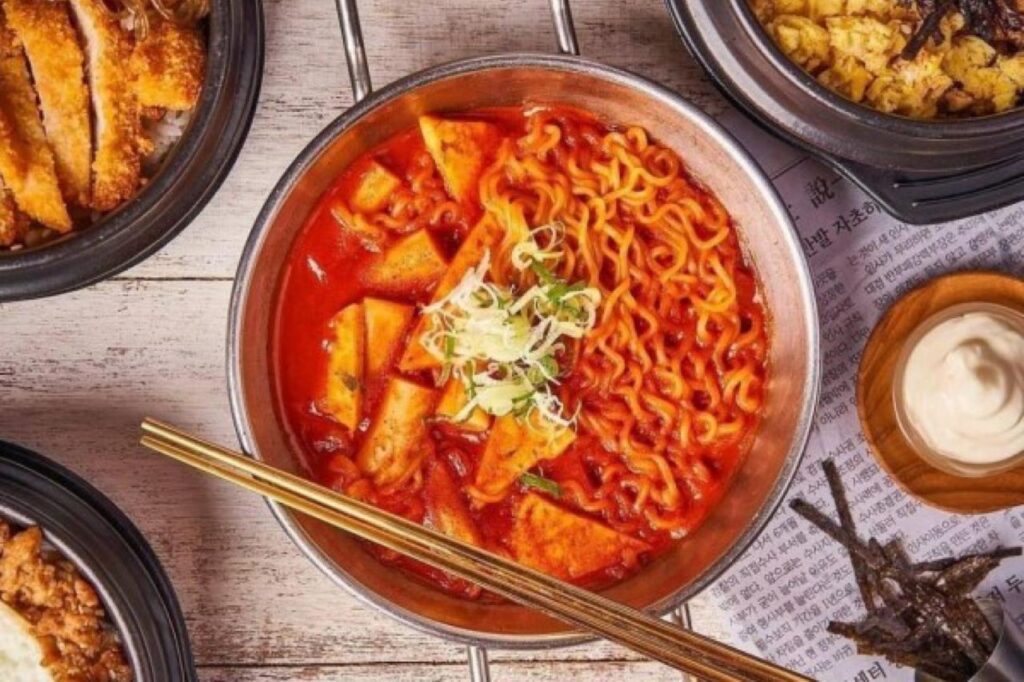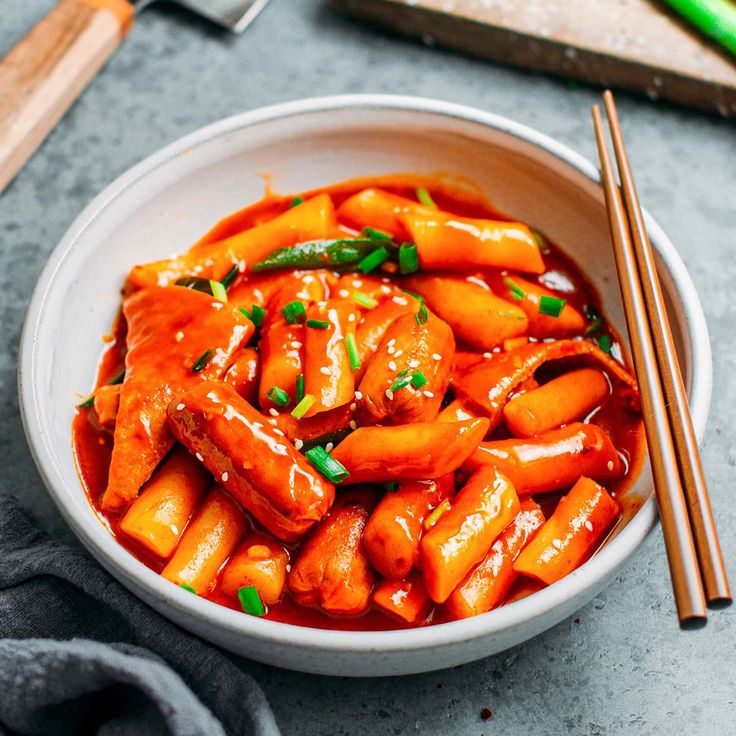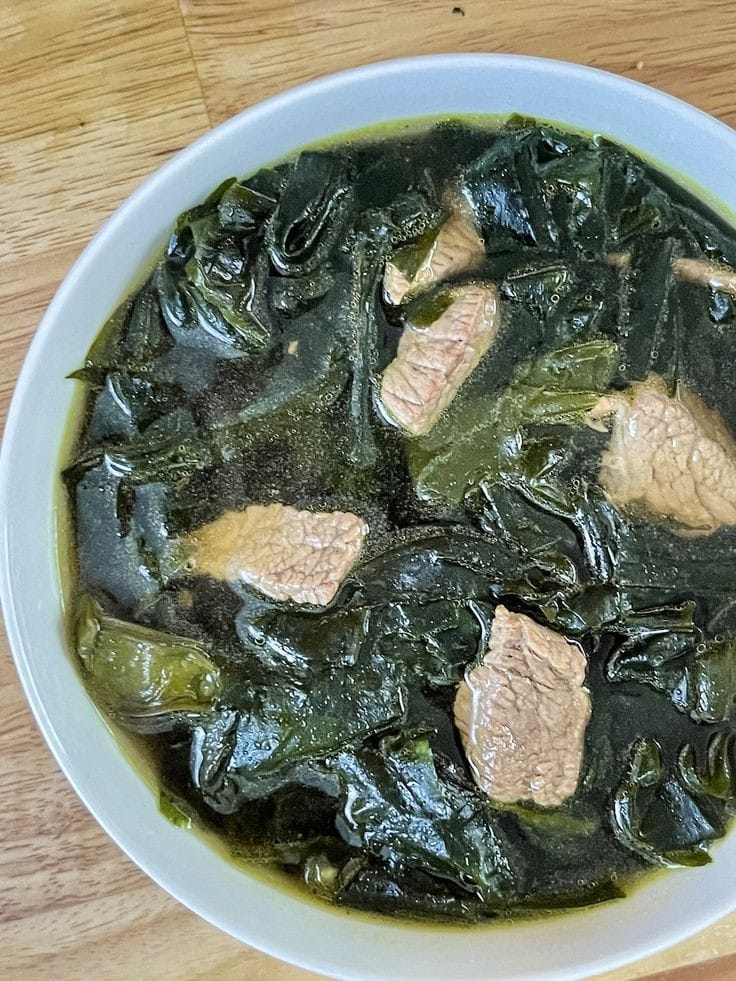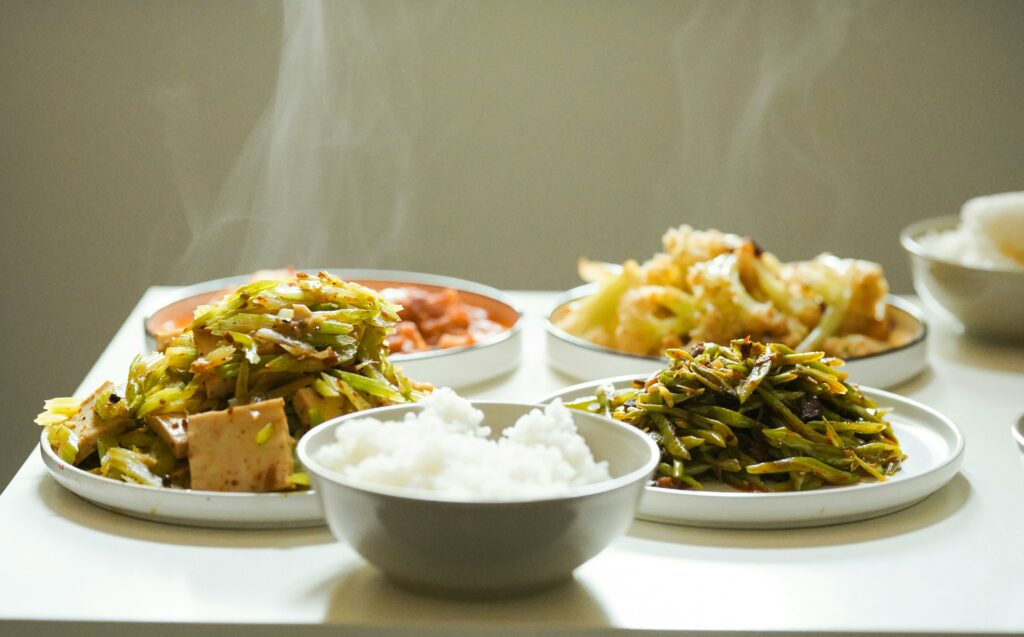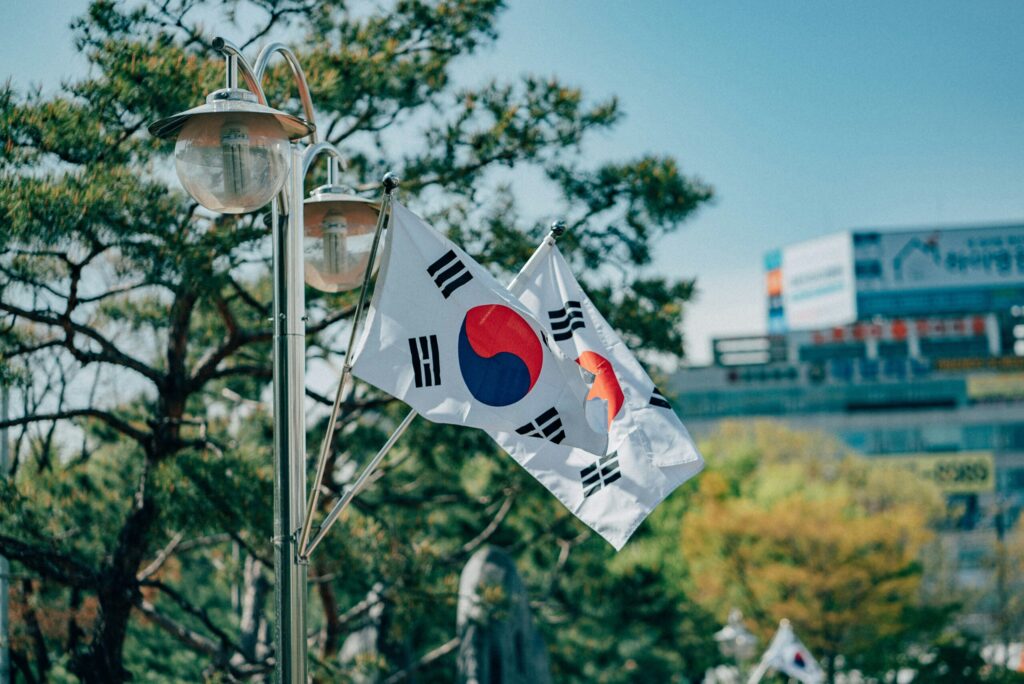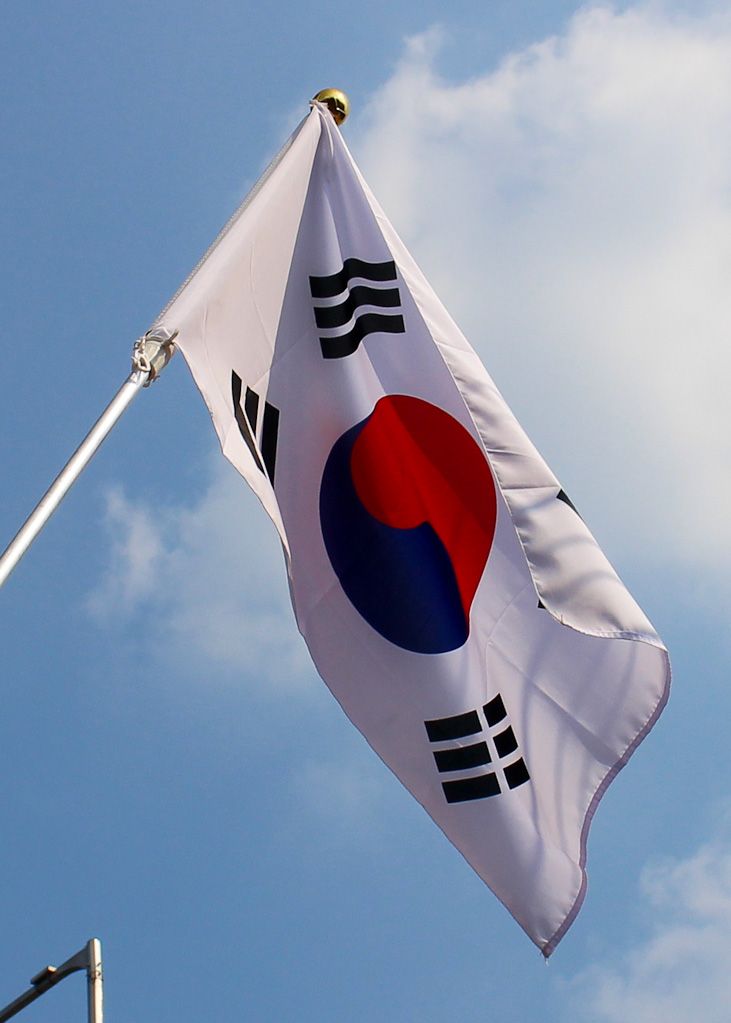Korean Culinary Culture
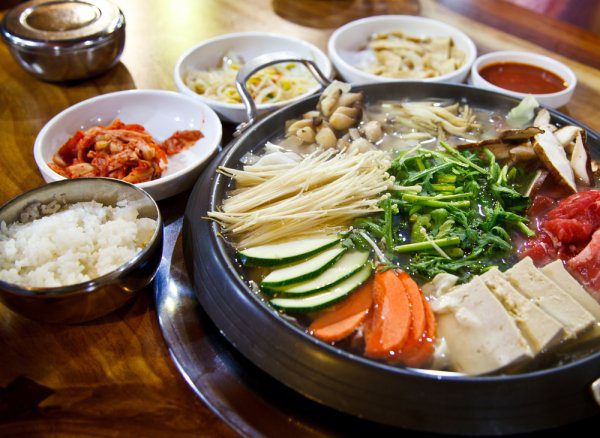
Korean culinary culture is one of the most fascinating aspects of Korea’s rich and diverse heritage. Korean food is known for its strong flavours, use of fresh ingredients, and unique cooking techniques. Additionally, Korean cuisine holds deep social and cultural meanings, reflecting the long history and values of Korean society.
History and Development
Korean culinary culture has deep roots in history. Traditional Korean food has evolved over centuries, influenced by political, social, and economic changes. One of the most famous foods is kimchi, a fermented vegetable dish seasoned with chili, garlic, ginger, and other ingredients. Kimchi has existed for thousands of years and has over 200 variations. It is often considered the emblem of Korean food due to its significant presence in every meal.
Other well-known dishes include bulgogi (grilled marinated beef), bibimbap (mixed rice with vegetables, meat, and egg), and tteokbokki (rice cakes cooked in a spicy sauce). Each of these dishes has a unique history and method of preparation, reflecting the rich cultural and traditional heritage of Korea.
Key Elements of Korean Cuisine
One key element in Korean food is the use of banchan, which are small side dishes served alongside the main course. Banchan typically consists of vegetables that are fermented, pickled, or cooked in various ways. These dishes not only add flavor but also provide additional nutrition and variety to the main meal.
In addition to banchan, Korean food is known for its use of fresh and healthy ingredients. Many Korean dishes are cooked by steaming, boiling, or grilling, making the food healthier while retaining the original taste of the ingredients. Common ingredients in Korean cuisine include soybeans, garlic, ginger, chili, and sesame oil.
Global Influence and Modernization
In recent decades, Korean food has gained popularity worldwide. This phenomenon is largely due to the Hallyu wave or Korean Wave, which has brought Korean culture, including music, film, and food, to the international stage. Korean restaurants can now be found in many countries, and foods like kimchi, bulgogi, and bibimbap have become popular among international audiences.
Social media and food vloggers also play a significant role in promoting Korean food. Vloggers like Maangchi, Korean Englishman, and Seonkyoung Longest share their recipes and experiences of trying Korean food with millions of followers around the world. Their videos not only introduce various Korean dishes but also provide insights into cooking methods and the culture behind the food.
The Role of Food in Social Culture
Food plays an important role in the social and cultural life of Korea. Eating together with family and friends is a highly valued tradition in Korea. Many celebrations and festivals in Korea are celebrated with food, such as Chuseok (Korean Thanksgiving Day) and Seollal (Korean New Year). During these times, families gather to enjoy traditional dishes and celebrate together.
Furthermore, many foods have symbolic meanings in Korean culture. For example, tteok (rice cakes) are often served during New Year’s celebrations and birthdays as symbols of good fortune and longevity. Food is also commonly used in religious ceremonies and other celebrations to show respect and appreciation.
Conclusion
Korean culinary culture is a reflection of the long and rich history and the social and cultural values of Korean society. With its strong flavors, use of fresh ingredients, and unique cooking techniques, Korean food has won the hearts of many people worldwide. Through global influence and modernization, Korean food continues to evolve and remain relevant in the modern era. Additionally, Korean food plays a crucial role in the social and cultural life of Korea, making it more than just a physical necessity but an integral part of Korean identity and tradition.


 Indonesia
Indonesia 